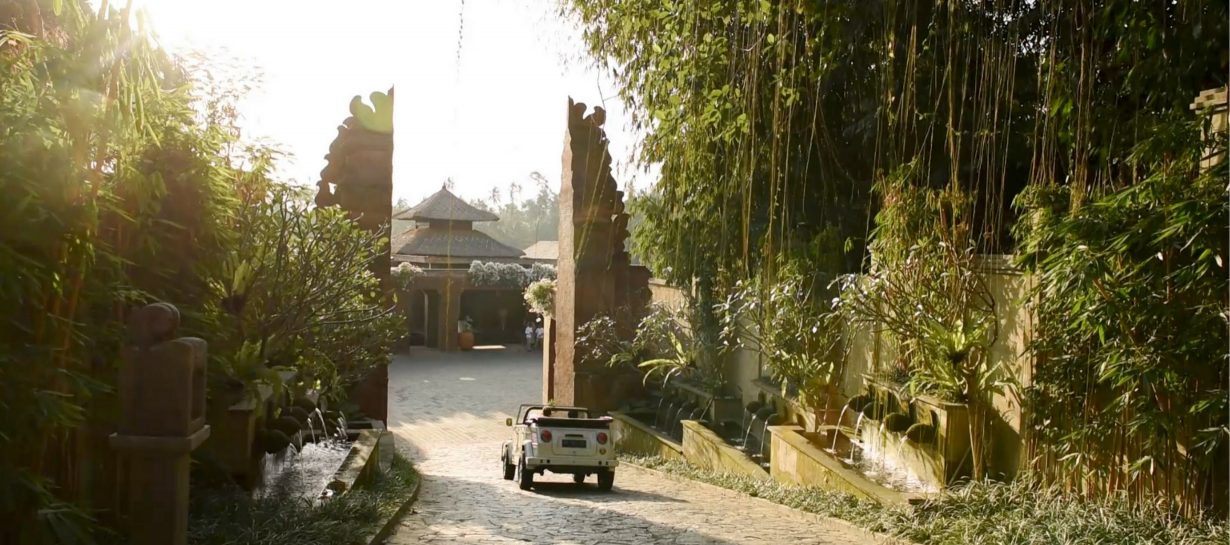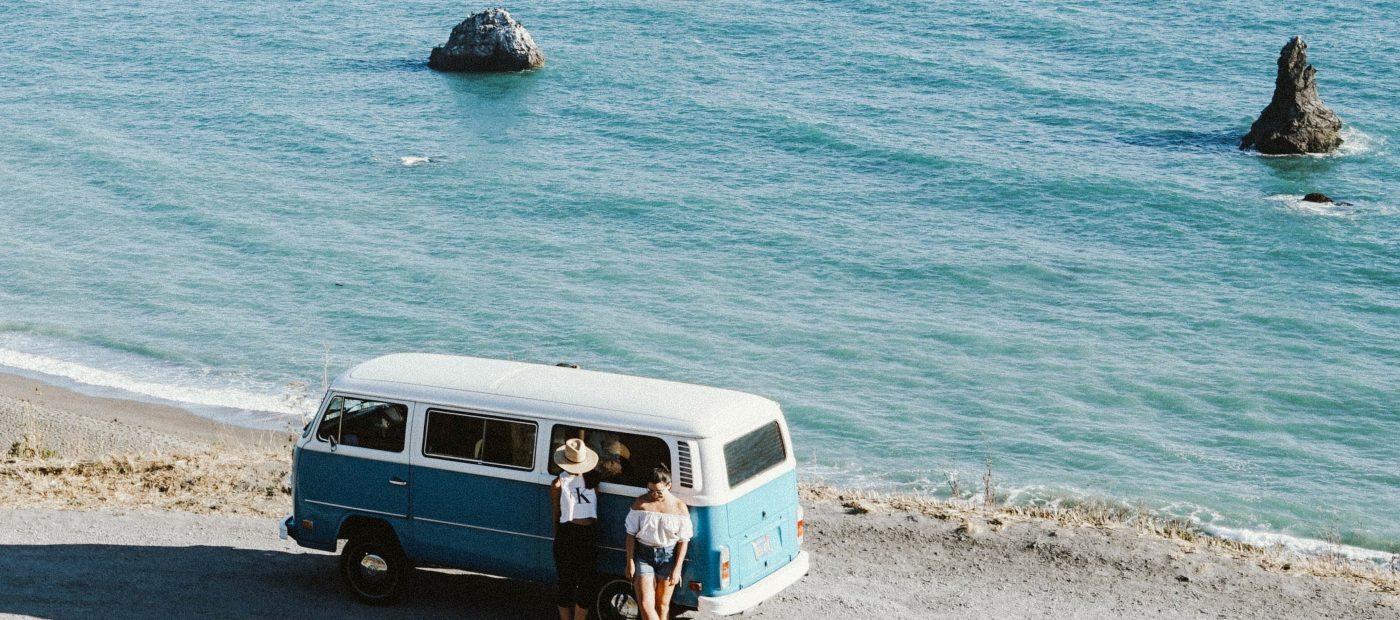Where Do We Go From Here
We are living in a 360-degree world. As consumers are bombarded at every angle with the latest experiences, destinations, and opportunities, how can one single company or brand stand out in 2017? The first order of business is to stand up and identify trends on the horizon in this constantly evolving industry.
Influencers Are the New Editors
Influencers are the new editors, that much is clear to everyone. The goal then is to launch campaigns and tactics that not only resonate with their audiences and are cost-effective, but that move the needle of conversation. Word of mouth was always king, but now that means Instagram hearts, double taps, and Facebook comments are the new rulers in town. The most valuable influencers convey brand messages while also driving and sustaining a narrative among their audiences, which means travel companies and brands must push beyond what worked in the past. Forget advertorials. This is the year of deeper relationships with influencers that transcend the transactional.
The Importance of Micro Audiences
The other tidal wave rolling in is the micro audience. Bigger isn’t always better. One influencer may have a huge reach but little engagement, while another may have a smaller, yet far more powerful audience that would better connect with your brand. The biggest question everyone should be asking is, who is this influencer reaching? Immediate gratification on a popular post is satisfying, but driving awareness through the long game is much more potent. Targeting influencers from a global mindset, rather than one of quick returns, should be top of mind as we witness the evolution of social media.
The beauty that lies in this new fracturing of the media landscape is that it’s tapped into a wellspring of opportunity. Print, online, and social media channels aren’t enemies. Far from it. When they work in tandem, the results can be brilliant. Consider Town & Country’s holistic yet wide-ranging approach to travel coverage. Style director Whitney Robinson explains the brand uses Instagram and a hashtag to document editors’ travel in real time, while the website breaks quick news, and the magazine remains reserved for epic stories with long shelf lives. “You want your print travel coverage to last forever in a sense,” says Robinson. “Focus on the classics and people will keep coming back and get attached to, tear out, and remember those stories.” Ironically, he notes that those big, immersive print stories end up doing extraordinarily well online.
Travel has become, in the words of AgencySacks president Andrew Sacks, “the great salvation.”

Evolving Luxury Customers
At the same time, the change in luxury travel consumers can’t be overstated. Not only are they younger, more informed, and value-driven, but they want genuine authentic experiences with an emphasis on connection. These travelers want discovery, and to feel like they’ve tapped into the heart of each destination. We’re transcending the experiential and are entering the era of endless amazement.
They seek all of this, of course, because we’re living in an age where time is at a premium and work/life balance is the ultimate, unreachable trophy. Travel has become, in the words of AgencySacks president Andrew Sacks, “the great salvation.” “The democratization of digital development, retouching skills, and unbridled hyperbole can make the mundane look magnificent,” he says. “Providing ways to assure our customers with certainty is absolutely critical.”
According to Resonance’s 2016 Future of Luxury Travel Report, the wealthiest 5% of consumers take an average of 14.3 trips per year for both business and leisure, compared to just 4.8 by U.S. travelers in general. This means that not only is the luxury travel consumer’s attention more fractured, but that in order to resonate, each experience needs to be more memorable than the last.
But rest assured, when these consumers do visit, you’ll definitely know it. Everyone with an iPhone is now an editor or a photographer catering to their own audience, making it even more vital for brands to communicate authenticity while still protecting themselves from over saturation. For every subpar review or lousy tweet, I’ve found you need a hundred good ones to tip the balance. The only way to do that is to completely own your channels of content distribution. This doesn’t mean robotically posting updates, but rather cultivating the channels that are native to your brand and creating a true, honest connection through your own style and narrative.
Focusing on the right audiences at the right time can spark new engagement. At the same time, social media consumers are highly intuitive, and can spot false notes and blanket broadcast messaging from a mile away. The sweet spot lies in creating a compelling narrative and call to action with editorial that is relevant and rises above the noise.
What’s Next
In 2017, it’s ever more important to consider the virtues of living in such a fast-changing, highly-charged world. Every brand, destination, and person still has control over their own message—and as everything transforms in the world around us, each one can choose how they respond.
The rise of social media not only allows us to connect more deeply and meaningfully with a global swath of consumers, but it also enables our industry to tell stories that move, excite, and inspire others. There lies endless opportunity in nurturing genuine connections between a single person and their surroundings. Nothing could make me more optimistic or excited for what’s around the corner.
Cheers,
Melanie

